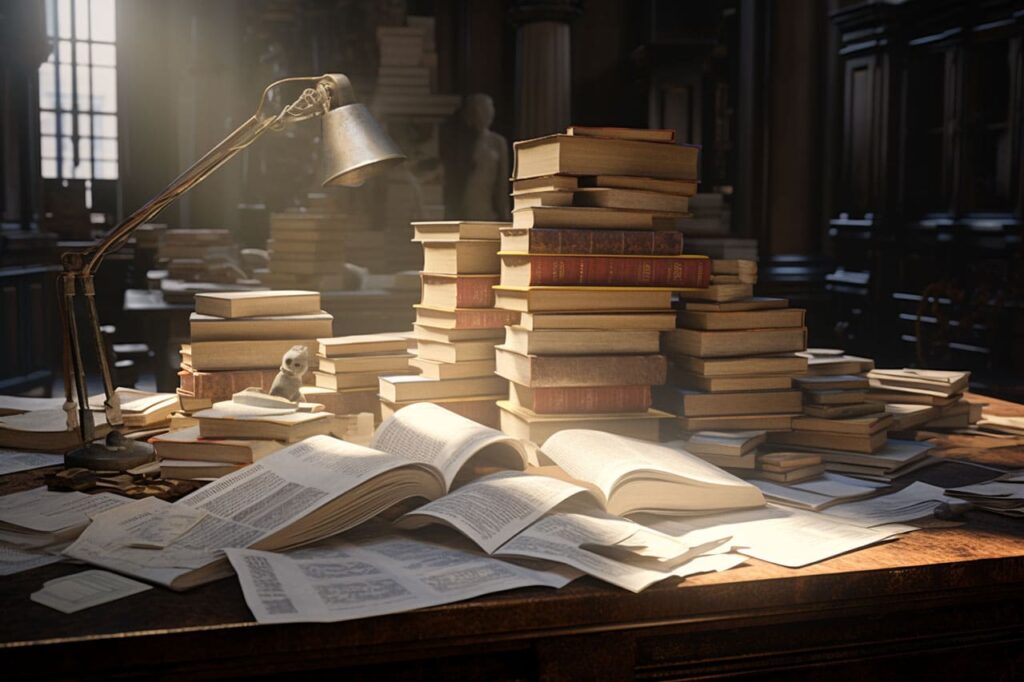Welcome, dear readers, to a delightful journey through the whimsical world of ancient Egyptian hieroglyphs! These intricate symbols, crafted by the clever minds of the Egyptians, hold within them a treasure trove of fascinating stories and curious tidbits. So grab your pith helmet and join us as we explore the wonderful world of hieroglyphs!
- Hieroglyphs Were Like a “Greatest Hits” Album: Ancient Egyptians had approximately 700 hieroglyphs to play with, and boy, did they get creative! From animals and objects to abstract concepts, they had a symbol for everything. It was like creating a “greatest hits” album of their daily lives.
- Hieroglyphs Were the Original Emojis: Move over, smiley faces! Hieroglyphs were the original emojis. Egyptians used these symbols to convey their thoughts and emotions, just like we use emojis today. Imagine sending a text message with a picture of a cat instead of a smiley face. Meow-some!
- Hieroglyphs Were Written in Any Direction: Unlike our linear writing system, hieroglyphs could be written in any direction. They could flow left to right, right to left, top to bottom, or even bottom to top. It’s like they were playing a never-ending game of “Which way should we go today?”
- Hieroglyphs Were a Secret Language: Hieroglyphs were not just a fancy way of writing; they were also a secret language. Only a select few, called scribes, were trained in the art of deciphering these mysterious symbols. It’s like having your own secret code, but way cooler.
- Hieroglyphs Were Carved and Painted: Egyptians didn’t just stop at carving hieroglyphs on stone walls. They also painted them on papyrus, pottery, and even their own bodies. Talk about taking body art to the next level! Who needs a tattoo when you can have a hieroglyph?
- Hieroglyphs Had Silent Letters: Just like the silent letters in words like “knife” or “wrist,” hieroglyphs had their fair share of silent symbols. These sneaky little devils were called “determinatives” and helped clarify the meaning of a word. It’s like having a hieroglyphic game of charades.
- Hieroglyphs Could Be Pun-ny: Egyptians loved a good pun, and hieroglyphs were no exception. They often used wordplay and visual puns in their hieroglyphic writings. So next time you think your dad jokes are cringy, just remember that the Egyptians were doing it over 4,000 years ago.
- Hieroglyphs Were the Original “Picture Perfect”: Hieroglyphs were not just about conveying words; they also captured the beauty of ancient Egyptian life. From majestic pyramids and grand pharaohs to everyday objects like bread and beer, hieroglyphs were the original Instagram filters.
- Hieroglyphs Had a “Rosetta Stone” Moment: The decipherment of hieroglyphs was like finding the ultimate cheat code in a video game. Thanks to the Rosetta Stone, discovered in 1799, scholars were able to crack the code and unlock the secrets of hieroglyphic writing. Talk about a “Eureka!” moment.
Now that we’ve unearthed these delightful fun facts about hieroglyphs, let’s dive deeper into the magical world of ancient Egypt. Imagine strolling through the bustling streets of ancient Egyptian cities, where hieroglyphs adorned every corner and whispered stories of a bygone era. The air is filled with the scent of spices and the sound of merchants haggling, while the Nile River flows silently in the background, like a wise old friend.
Ancient Egyptians, with their clever use of hieroglyphs, were able to capture the essence of their vibrant society. They painted a vivid picture of their daily lives, from the grandeur of their temples to the simplicity of their bread and beer. Through these symbols, they celebrated their pharaohs, worshipped their gods, and even cracked a few jokes along the way.
So let us raise our hieroglyphic glasses to the ancient Egyptians, masters of symbolic storytelling and pioneers of visual communication. Their legacy lives on in the intricate hieroglyphs that continue to captivate our imaginations. May we forever be inspired by their artistry and wit, as we unravel the mysteries of the past and embark on our own creative journeys.
